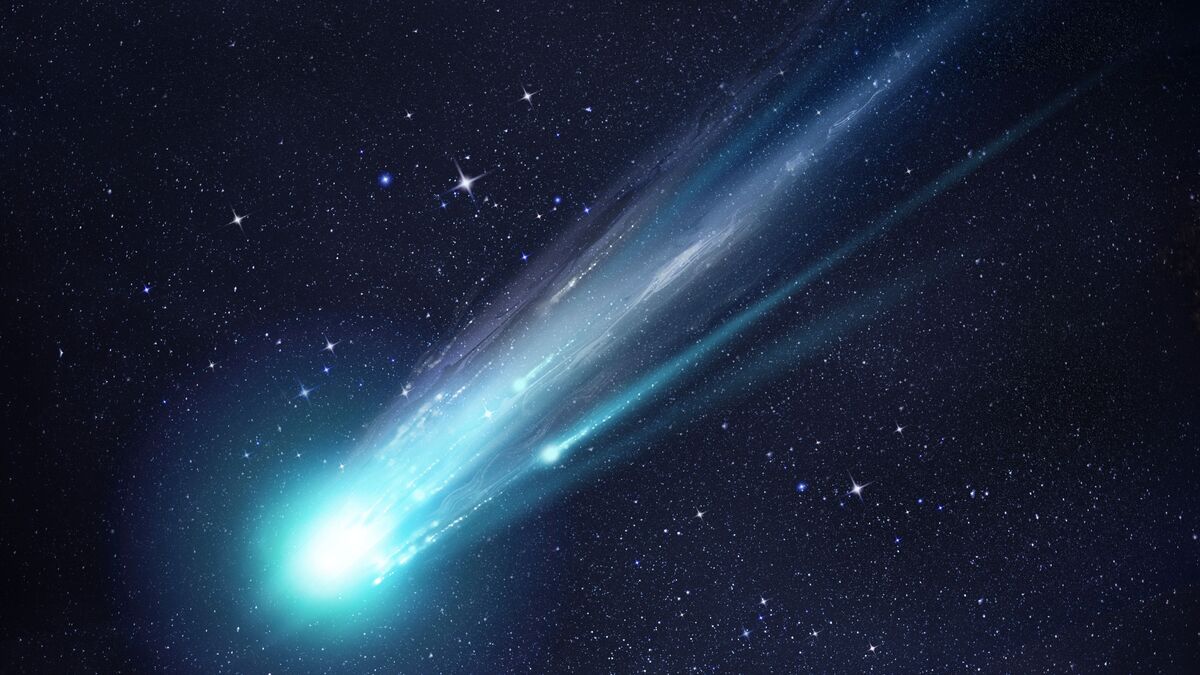Comet ATLAS, also known as C/2019 Y4 ATLAS, was first discovered on December 28, 2019, by a reflecting telescope atop Mauna Loa in Hawaii as part of the Asteroid Terrestrial-impact Last Alert System (ATLAS). By May 2020 Comet ATLAS was visible to the naked eye as it grew brighter, the Long-period comet ATLAS disintegrated just… Continue reading A Tail From Collapse Of Comet ATLAS
Tag: Hubble Space Telescope
Image: Hubble sees a spiral in good company
This image, taken with Hubble’s Wide Field Camera 3, features the spiral galaxy NGC 4680. Two other galaxies, at the far right and bottom centre of the image, flank NGC 4680. NGC 4680 enjoyed a wave of attention in 1997, as it played host to a supernova explosion known as SN 1997bp. Australian amateur astronomer… Continue reading Image: Hubble sees a spiral in good company
GEMINI GETS LUCKY AND TAKES A DEEP DIVE INTO JUPITER’S CLOUDS
Researchers using a technique known as “lucky imaging” with the Gemini North telescope on Hawaii’s Maunakea have collected some of the highest resolution images of Jupiter ever obtained from the ground. These images are part of a multi-year joint observing program with the Hubble Space Telescope in support of NASA’s Juno mission. The Gemini images, when combined with the Hubble and Juno observations, reveal that lightning strikes, and some of the largest storm systems that create them, are formed in and around large convective cells over deep clouds of water ice and liquid. The new observations also confirm that dark spots in the famous Great Red Spot are actually gaps in the cloud cover and not due to cloud colour variations.
